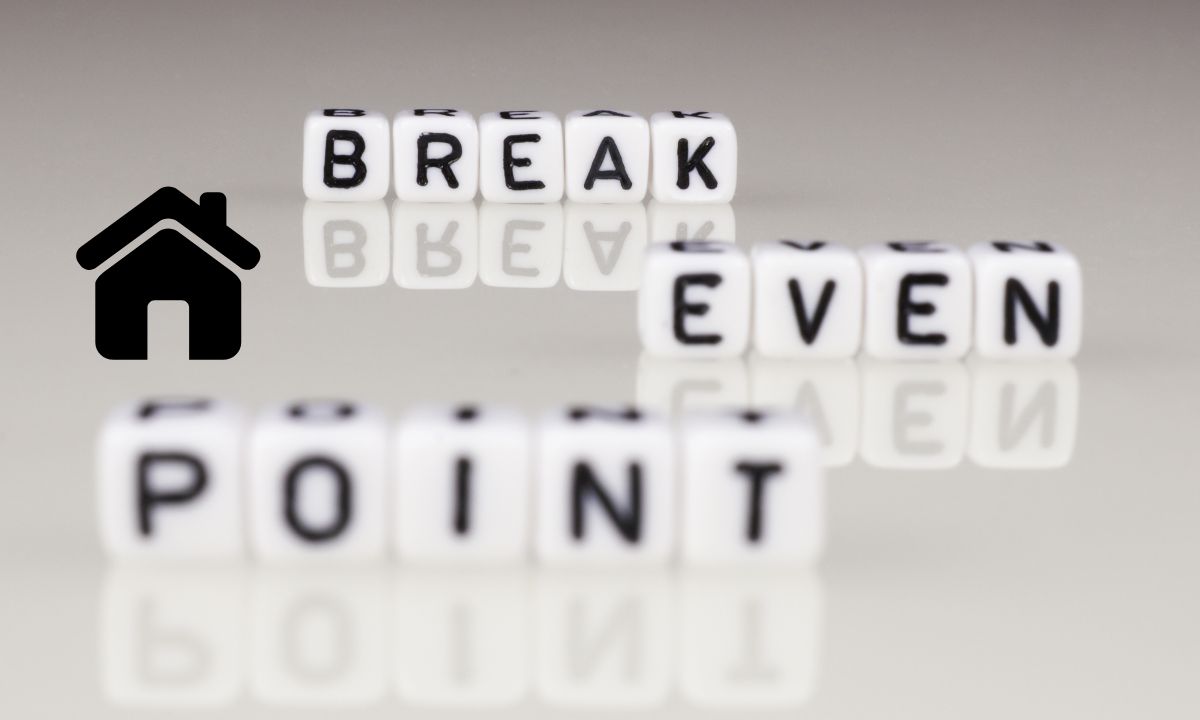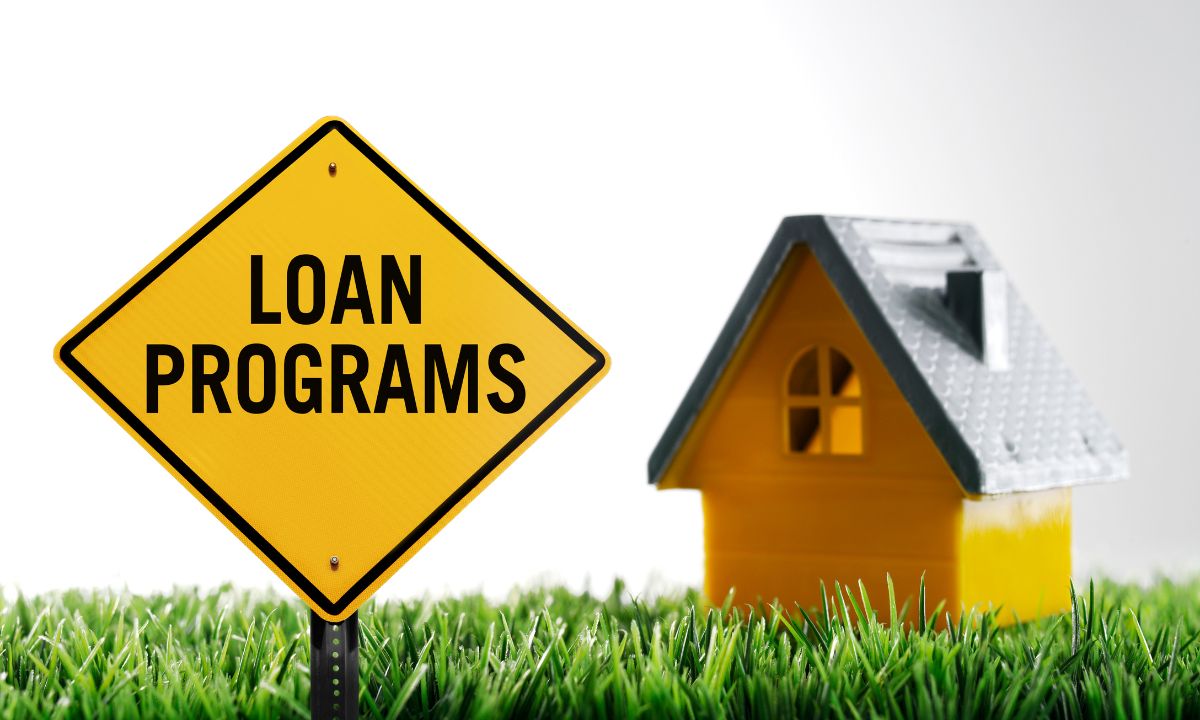Can You Buy Land with a VA Loan?
 The VA loan program offers exceptional benefits to veterans, active-duty service members, and eligible surviving spouses, including no down payment, competitive interest rates, and no private mortgage insurance (PMI). But what about buying land? While the rules around using a VA loan for land can be more complex, there are still ways to make it work. Here’s a breakdown of your options if you’re looking to buy land using a VA loan.
The VA loan program offers exceptional benefits to veterans, active-duty service members, and eligible surviving spouses, including no down payment, competitive interest rates, and no private mortgage insurance (PMI). But what about buying land? While the rules around using a VA loan for land can be more complex, there are still ways to make it work. Here’s a breakdown of your options if you’re looking to buy land using a VA loan.
Understanding VA Loans
VA loans are specifically designed for veterans and service members looking to buy, build, repair, or adapt a home for personal occupancy. These loans come with several advantages over conventional loans:
-
No Down Payment: VA loans often don’t require a down payment, making homeownership more accessible.
-
Competitive Interest Rates: VA loans typically offer lower interest rates than conventional loans.
-
No PMI: Unlike most loans with less than a 20% down payment, VA loans don’t require private mortgage insurance (PMI).
-
Lenient Credit Requirements: VA loans often have more flexible credit score requirements, making them easier to qualify for.
Can You Buy Land with a VA Loan?
The simple answer is no – you cannot typically use a VA loan to purchase land alone. VA loans are primarily for purchasing or refinancing homes. However, there are certain scenarios where you can use a VA loan to buy land, particularly if it’s part of a plan to build a home.
Purchasing Land and Building a Home
One of the most common ways to buy land with a VA loan is by combining it with the construction of a home. Here’s how this works:
-
Start with a Construction Loan: A construction loan provides the necessary funds to purchase the land and build the home. Keep in mind that these loans generally have higher interest rates and stricter requirements than traditional loans.
-
VA Loan Conversion: After the home is built, you can refinance the construction loan into a VA loan. This allows you to take advantage of VA loan benefits, such as lower interest rates and no PMI.
This approach is ideal for veterans who wish to build a custom home on a piece of land they’ve chosen.
Buying Land with the Intent to Build Later
If you plan to purchase land and build a home at a later date, you’ll need to secure financing for the land purchase itself, since VA loans can’t be used for land-only transactions. Once you’re ready to build, you can then apply for a VA construction loan to cover the building costs. The key is that the VA loan must be tied to the construction of a home, not just the land.
Combining Land Purchase with a Home
If you find land that already has a home on it, and the home meets VA standards, you may be able to use a VA loan to purchase the property. This is a straightforward process, as the loan is used to buy the home, and the land is included as part of the overall property.
Alternatives for Buying Land
If you want to buy land without immediate plans to build, here are some alternative options:
-
Land Loans: These loans are designed specifically for purchasing land, but they often require a higher down payment and come with higher interest rates than VA loans.
-
Personal Loans: For smaller land purchases, a personal loan may be an option, though they typically come with shorter terms and higher rates.
-
Seller Financing: Some sellers offer financing directly, allowing you to pay for the land over time.
-
Home Equity Loan: If you own a home with significant equity, you might be able to use a home equity loan to finance the land purchase.
While VA loans are generally intended for buying or refinancing homes, you can use them in specific circumstances to buy land, especially if you plan to build a home. Understanding the requirements and exploring other financing options will help veterans and service members find a path to owning land and building their dream homes.
Working with experienced lenders and real estate professionals who understand the ins and outs of VA loans can ensure a smoother process and help you make the most of your benefits.
 Refinancing can help homeowners save money, but it’s essential to determine if the potential savings outweigh the upfront costs. One key tool in making this decision is calculating the refinance break-even point. This simple calculation reveals how long it will take for your monthly savings to cover the costs of refinancing. Here’s everything you need to know about determining when refinancing will pay off.
Refinancing can help homeowners save money, but it’s essential to determine if the potential savings outweigh the upfront costs. One key tool in making this decision is calculating the refinance break-even point. This simple calculation reveals how long it will take for your monthly savings to cover the costs of refinancing. Here’s everything you need to know about determining when refinancing will pay off. Purchasing a home is a significant financial milestone, but for many potential buyers, the upfront costs and down payment can be a barrier. Fortunately, there are a variety of mortgage assistance programs available through government agencies and nonprofit organizations to help low- and moderate-income homebuyers achieve their dream of homeownership. These programs can provide financial assistance, lower interest rates, or other benefits to ease the burden of purchasing a home. Here’s an overview of the key options available to you.
Purchasing a home is a significant financial milestone, but for many potential buyers, the upfront costs and down payment can be a barrier. Fortunately, there are a variety of mortgage assistance programs available through government agencies and nonprofit organizations to help low- and moderate-income homebuyers achieve their dream of homeownership. These programs can provide financial assistance, lower interest rates, or other benefits to ease the burden of purchasing a home. Here’s an overview of the key options available to you.